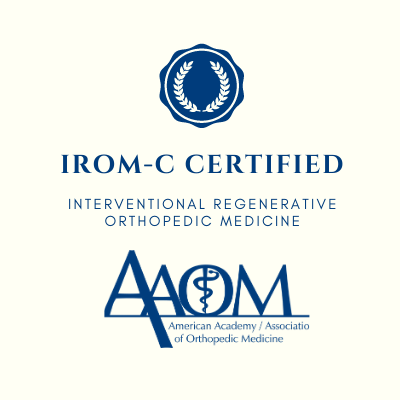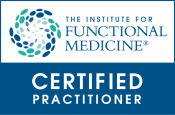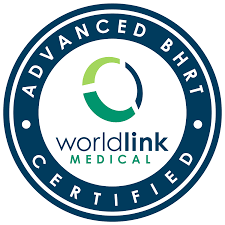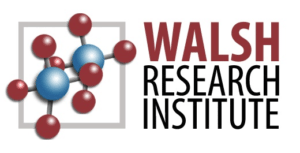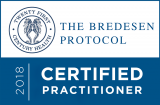Toxic Sunscreen?
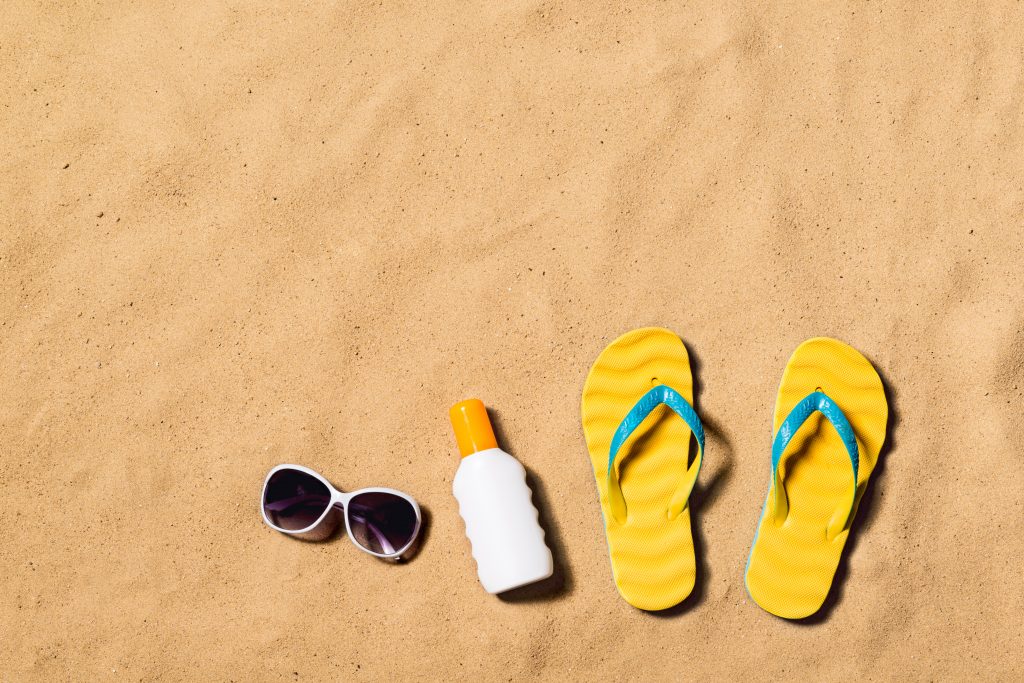
It’s finally summer! Before you hit the pool, remember your sun protection! The most effective sun protection is to find shade, wear protective clothing, and limit sun exposure. Sunscreen is an easy way to help protect your skin, but not all sunscreens are equal! Let’s look at how to pick the most effective and safest sunscreens available.
There are two types of active ingredients in sunscreen: minerals and chemicals. Mineral ingredients use nanoscopic minerals to reflect the sun’s rays. The FDA has announced this year that it will give the designation “Generally regarded as safe and effective” (GRASE) to two mineral sunscreen ingredients: zinc oxide and titanium dioxide. The safety of these ingredients is partially due to minimal absorption and rarity of allergic reactions. However, the data describing the actual efficacy of mineral based sunscreens is mixed. While some studies show excellent protection from UVA (the most damaging type of sunlight), others indicated little protection at all.
Chemical ingredients, on the other hand, have significant data supporting their UV protection. Chemical ingredients work by reacting with the sun’s UV rays, turning them into heat instead of harmful radiation. But unlike mineral ingredients, chemical ingredients are more likely to be absorbed through the skin. A study recently published in the Journal of the American Medical Association examined the systemic absorption of 4 common chemical ingredients: avobenzone, oxybenzone, octocrylene, and ecamsule. The study found evidence that all these ingredients were being absorbed.
Of these, the Environmental Working Group (EWG) has listed avobenzone as the best choice, with an EWG Hazard Score of 2. Avobenzone was also found to provide the best UVA protection with the lowest levels of skin absorption. Of the chemical sunscreen ingredients, avobenzone is the best choice. When choosing sunscreen, try finding one that uses avobenzone as its active ingredient.
Two specific chemicals were found to have risks that outweighed benefits of their use. The FDA has decided not to give para-aminobenzoic acid (PABA) and trolamine salicylate the GRASE designation. Avoid using sunscreens that contain these two chemicals.
Another simple way to protect yourself from the sun is by taking selenium. Selenium is a chemical element found in some foods, such as Brazil nuts. It’s used in various biologic reactions, but studies have shown that high levels of selenium can protect against damage from UV radiation. TLC recommends taking 200mg Selenium or eating 2 Brazil nuts daily.
Here are a couple of sunscreen options picked by TLC!
Zinc oxide mineral sunscreen: Coppertone Pure and Simple SPF 50+
Non-mineral sunscreen: Banana Boat Ultra Sport Sunscreen Stick SPF 50+
In summary, sunscreen can be an effective way to prevent skin cancer, but make sure your sunscreen itself isn’t toxic. Avoid sunscreens containing PABA and trolamine salicylate. Pick sunscreen containing avobenzone, or a mineral like zinc oxide. Use the EWG resources to find sunscreen with low toxicity. Finally, take selenium to boost your body’s skin protection!




